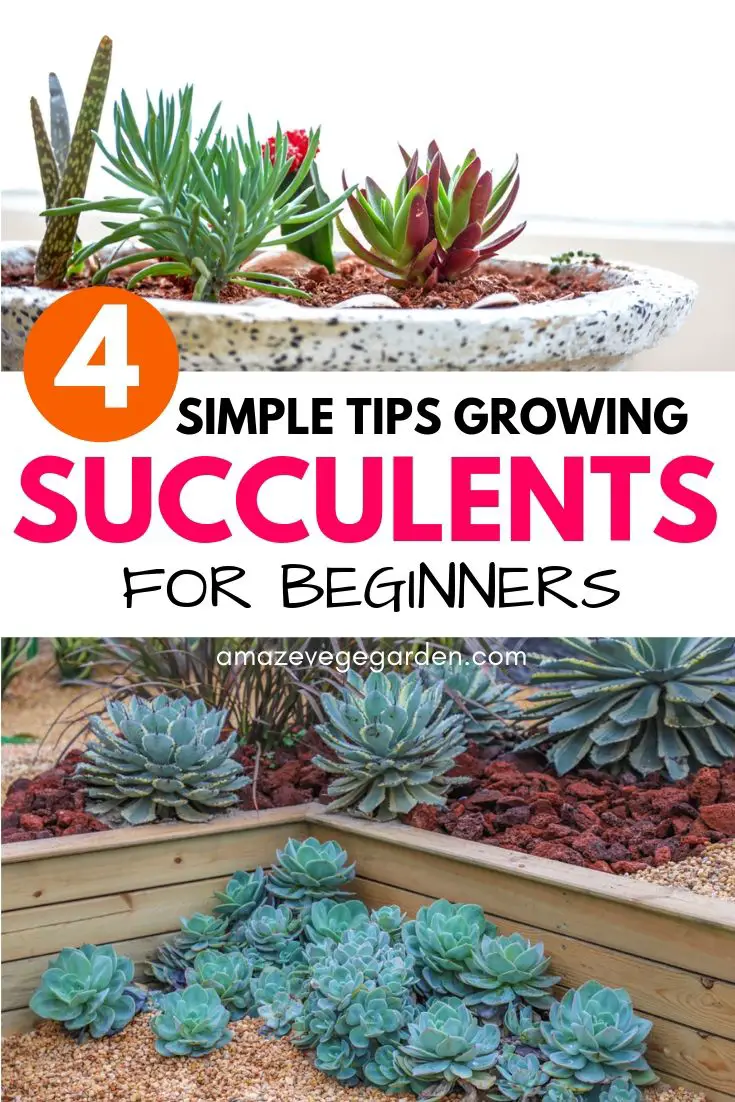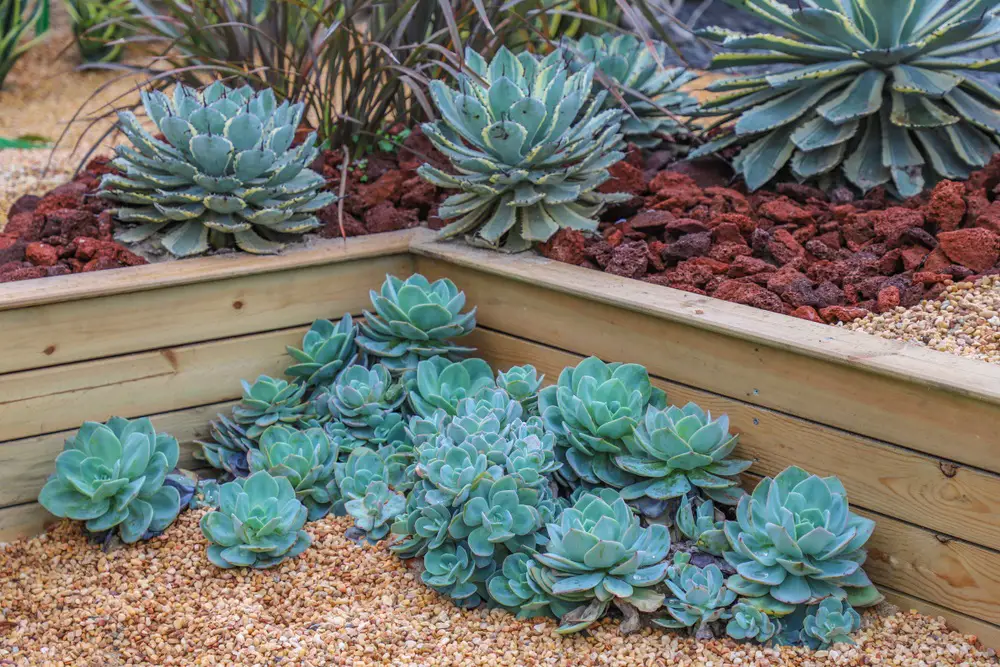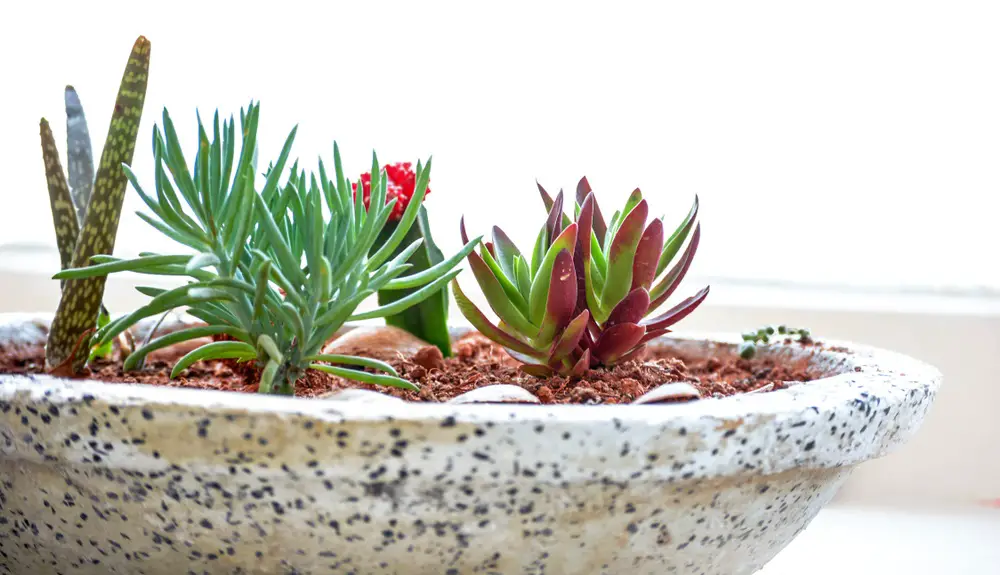Are you ready to embark on the ultimate adventure in plant care? Look no further than here.
You may get ready to unlock the secrets of these resilient, water-storing wonders that can survive even the most neglectful of plant parents. With their vibrant colors and unique shapes, succulents are the perfect addition to any indoor or outdoor space.
But don’t be fooled by their low-maintenance reputation – these little guys still need some love and attention. In this guide, we’ll show you the ins and outs of succulent care, from avoiding the dreaded overwatering to finding the perfect spot for your new green companions.
Introduction and Benefits
If you’re new to succulents, you’ll be pleased to know that they are a great option for beginners and can be grown indoors without a garden, making them suitable for indoor container gardening.
Not only are they low-maintenance, but they also offer a range of benefits.
One of the key benefits of indoor succulent gardening is how it can improve indoor air quality. Succulents have the ability to absorb carbon dioxide and release oxygen, making them natural air purifiers. They also release moisture into the air, which can help to increase humidity levels in dry indoor environments. This can be particularly beneficial during the winter months when heating systems can dry out the air.
So not only do succulents add a touch of nature to your space, but they also contribute to a healthier indoor environment.
Basic Care Tips
To keep your succulents thriving, imagine yourself as a diligent gardener, tending to these resilient plant companions with love and attention. Succulents require minimal maintenance and have unique water storage capabilities, making them perfect for beginners.
When it comes to watering, it’s important to strike a balance. Succulents don’t require frequent watering like other plants. Instead, water them thoroughly but infrequently, allowing the soil to dry out completely between waterings. Overwatering is a common mistake to avoid, as it can lead to root rot.
When it comes to sunlight, succulents prefer bright, indirect light. You can place them near windows or under artificial grow lights. Remember, these hardy plants can survive in dry conditions, so don’t worry if you forget to water them occasionally. Just give them some love and they’ll thrive!
1. Getting to Know Succulents
In plants and gardens, the succulent family of plants is probably the most unique among green thumbers. They come with their own set of growing standards and unusual characteristics of beauty.
Succulents are generally thought to be tropical in nature. Many have originated from areas of the world that may not be known for growing most garden-variety plants and flowers. But succulents fit right in most gardens if you use care to follow the general guidelines for each specific type of plant.
This plant family can be classified as any plant ranging from cacti to succulents. And just so you know, all cacti are succulents; but not all succulents are classified as cacti. If you want to get into gardening and don’t want to spend a lot of time or care to baby your garden plants, then succulents may be just what you are looking for.
They may also be just the addition to your other plants and flowers to add that special touch. I like them because they don’t require much detail once you have them in the proper soil and the right environment.
From here, you can sit back and watch them become beautiful and unusual in their many shapes and designs. They are hardy and don’t require much watering, pruning, and fertilizing as regular plants and greenery do.
2. Variety and Arrangements
When creating indoor arrangements, you can showcase the variety of shapes, sizes, and colors that succulents come in. Succulents offer a wide range of options for creating unique and visually stunning displays.
You can mix and match different types of succulents to create a beautiful arrangement that suits your style and preferences. One creative way to display succulents is by using hanging baskets, which can add a touch of nature to any space.
Terrariums and glass jars are also popular choices, allowing you to create a miniature garden in a compact and stylish container. Another option is to arrange succulents in a dish garden, combining different textures and colors for a visually appealing centerpiece.
With succulents, the possibilities are endless, and you can let your creativity soar while adding a touch of humor to your indoor space.
3. Sunlight Requirements
Most succulents prefer full sun, but some can tolerate shade as well. When it comes to indoor succulents, it’s important to remember that they still need 4-6 hours of sunlight every day. This can be achieved by placing them near a sunny window or using grow lights.
However, it’s crucial to note that succulents need 4-6 hours of morning sunlight rather than afternoon sun, as too much sunlight can cause sunburn or browning. So, make sure to find the perfect spot in your home where your succulents can soak up the morning rays.
If you don’t have access to enough sunlight, consider opting for shade-tolerant succulents instead. Remember, finding the right balance of sunlight duration is key to keeping your indoor succulents happy and thriving.
4. Watering and Soil
When it comes to watering your succulents, remember to only water them when the soil is completely dry, as they store water in their leaves. Overwatering can lead to root rot and kill your beloved plants, so be cautious.
Watering frequency will vary depending on factors such as climate, humidity, and the type of succulent you have. Generally, succulents should be watered about once every 7-10 days. However, it’s important to remember that it’s better to underwater than to overwater.
When it’s time to water, make sure to thoroughly soak the soil until water drains out of the bottom of the pot.
Choosing the right soil is also crucial. Succulents require well-drained soil to prevent water from sitting around the roots and causing them to rot. A mix of potting soil, sand, and perlite is a great choice.
Remember, succulents are resilient but they still need your care and attention. So, don’t forget to give them a little love and watch them thrive!
Read also:



